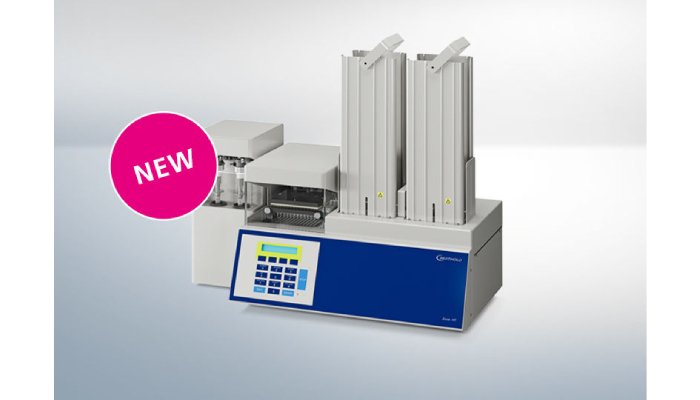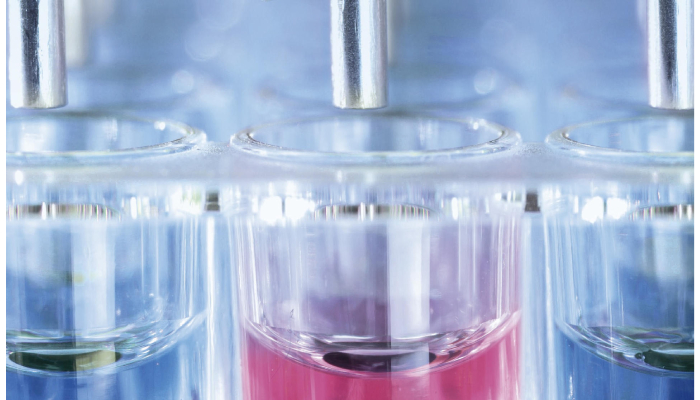The Role Of ELISA Plate Washers In High-Throughput Laboratories
High-throughput laboratories are essential for research and diagnostics, often handling massive volumes of samples daily. One of the critical technologies enabling their efficiency is the ELISA plate washer. ELISA (Enzyme-Linked Immunosorbent Assay) is widely used for detecting and quantifying biological molecules such as antibodies, antigens, or proteins. The plate washer plays a crucial role in streamlining this process, ensuring consistent results while saving valuable time and resources. This article explores the importance of ELISA plate washers, their functionality, and why they are indispensable in high-throughput settings.
What Is An ELISA Plate Washer?
An ELISA plate washer is a specialized laboratory device designed to wash microplates during the ELISA procedure. Microplates, typically with 96 or 384 wells, require multiple washing steps to remove unbound reagents or residual substances after incubation phases. The washer automates this process by dispensing washing buffers, aspirating fluids, and ensuring that wells are clean and ready for the next step.
The ELISA plate washer eliminates manual washing, which can be inconsistent and labor-intensive, and minimizes the risk of human error. By standardizing the washing process, these devices contribute to the reliability and reproducibility of ELISA results, which are critical in diagnostics, drug development, and research.

How Do ELISA Plate Washers Work?
ELISA plate washers function through a combination of fluid dispensing and aspiration. Here’s a breakdown of their operational steps:
- Dispensing Washing Buffer: The washer introduces a precise volume of washing buffer into each well, covering the sample and removing unbound reagents.
- Incubation Period: The washing buffer sits in the wells for a specific period, allowing it to react with and remove residues.
- Aspiration of Fluids: After the incubation, the washer aspirates the washing buffer and any remaining liquid, ensuring wells are clean and free from contamination.
- Repetition of Cycles: Depending on the protocol, this process is repeated several times to ensure optimal washing.
These automated steps drastically reduce the time required for manual pipetting, enhance throughput, and maintain accuracy.
The Importance Of ELISA Plate Washers In High-Throughput Laboratories
In high-throughput laboratories, efficiency and precision are non-negotiable. ELISA plate washers fulfill these needs in several ways:
- Enhanced Efficiency
ELISA plate washers can process multiple plates simultaneously, significantly reducing the time required for washing steps. This capability is crucial in laboratories handling hundreds or thousands of samples daily, such as diagnostic centers, pharmaceutical companies, or research institutions. - Improved Reproducibility
Consistent washing is essential for obtaining reliable ELISA results. Variations in washing techniques can lead to inconsistent data, impacting the overall accuracy of experiments. ELISA plate washers deliver uniform washing across all wells, ensuring reproducibility. - Reduced Risk of Cross-Contamination
Manual washing often carries the risk of cross-contamination between wells. ELISA plate washers minimize this risk by using precisely calibrated systems that prevent spillage or carryover of reagents. - Cost and Resource Savings
Automated washers optimize the use of washing buffers and reagents, reducing waste. Additionally, they free up laboratory staff to focus on other critical tasks, improving overall productivity. - Support for Advanced Applications
In high-throughput settings, ELISA techniques are frequently combined with other assays, such as multiplexing. ELISA plate washers with advanced programming capabilities support these applications, allowing customization for specific protocols.
Key Features To Consider In An ELISA Plate Washer
When selecting an ELISA plate washer for a high-throughput laboratory, it’s essential to evaluate specific features that align with laboratory needs.
- Plate Compatibility
Ensure the washer supports the types of microplates commonly used in the lab, such as 96-well or 384-well plates. Some models also offer adjustable configurations for greater versatility. - Programmability
Advanced ELISA plate washers allow users to create and store customized protocols. This feature is particularly beneficial for labs handling diverse assays with unique washing requirements. - Ease of Use
A user-friendly interface and straightforward setup reduce training time for staff and ensure smooth operation. - Washing Efficiency
The washer should deliver uniform washing across all wells, removing even stubborn residues. Adjustable dispensing and aspiration settings are valuable for optimizing performance. - Automation and Integration
In high-throughput laboratories, automation is essential. Plate washers that can integrate seamlessly with other lab equipment, such as liquid handlers or robotic arms, enhance workflow efficiency. - Maintenance and Durability
Choose a washer that requires minimal maintenance and is built to withstand the demands of high-throughput environments. Features like self-cleaning mechanisms and robust construction are advantageous.
Applications Of ELISA Plate Washers
The use of ELISA plate washers extends across various industries and applications:
- Clinical Diagnostics
ELISA plate washers are vital in diagnostic labs performing tests for infectious diseases, allergies, and autoimmune disorders. Their ability to handle large volumes of tests with high precision ensures accurate patient results. - Pharmaceutical Research
Drug discovery and development heavily rely on ELISA for biomarker identification and therapeutic validation. ELISA plate washers streamline these processes, enabling faster and more reliable outcomes. - Biotechnology
In biotechnology research, ELISA assays are used to study protein interactions, gene expression, and cell signaling pathways. Automated washers improve the quality of these studies by delivering consistent washing results. - Food Safety Testing
ELISA is frequently used to detect allergens, toxins, and pathogens in food samples. ELISA plate washers enhance the speed and accuracy of these tests, ensuring food safety compliance. - Environmental Monitoring
Detecting contaminants in water, soil, and air samples is another area where ELISA plate washers play a crucial role. Their precision and efficiency are vital for generating reliable environmental data.
Future Trends In ELISA Plate Washer Technology
The evolution of ELISA plate washers is aligned with advancements in laboratory automation and miniaturization. Emerging trends include:
- Increased Integration
Newer models of ELISA plate washers are designed to integrate with fully automated systems, enabling end-to-end workflows without manual intervention. - Smart Technology
Features such as remote monitoring, error diagnostics, and IoT connectivity are making ELISA plate washers smarter and more user-friendly. - Eco-Friendly Designs
Manufacturers are focusing on reducing waste and energy consumption, aligning with the growing demand for sustainable laboratory practices. - Enhanced Versatility
Future washers are likely to support a broader range of plate formats and assay types, catering to the increasing complexity of laboratory workflows.
Conclusion
The ELISA plate washer is an indispensable tool in high-throughput laboratories, ensuring accuracy, efficiency, and consistency in ELISA assays. By automating the washing process, these devices save time, reduce human error, and enhance the reproducibility of results. As laboratories continue to handle increasing workloads and adopt advanced technologies, the role of ELISA plate washers will only grow in significance. Investing in a high-quality washer tailored to laboratory needs is a step toward improving productivity and achieving reliable outcomes in research and diagnostics.




